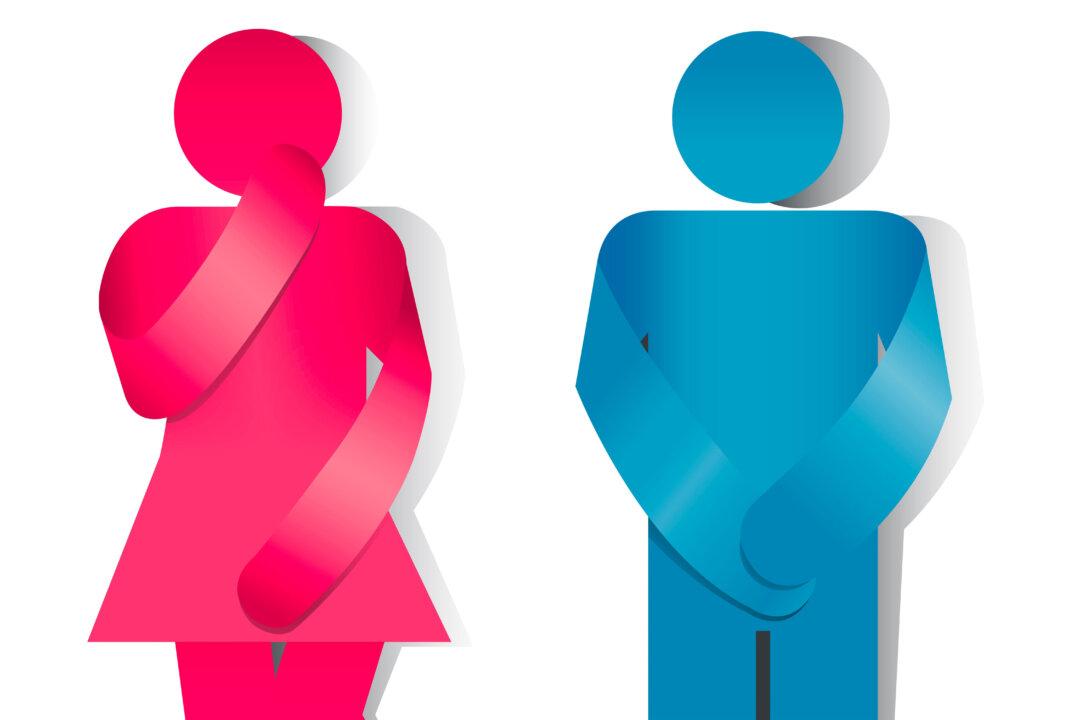When you meet and greet other people, the first thing they see is your face.
Depending on how you feel and the circumstances of the meeting, you may be smiling, laughing, frowning, or portraying some other facial expressions. Without using words, you are letting people know how you feel at that moment.





